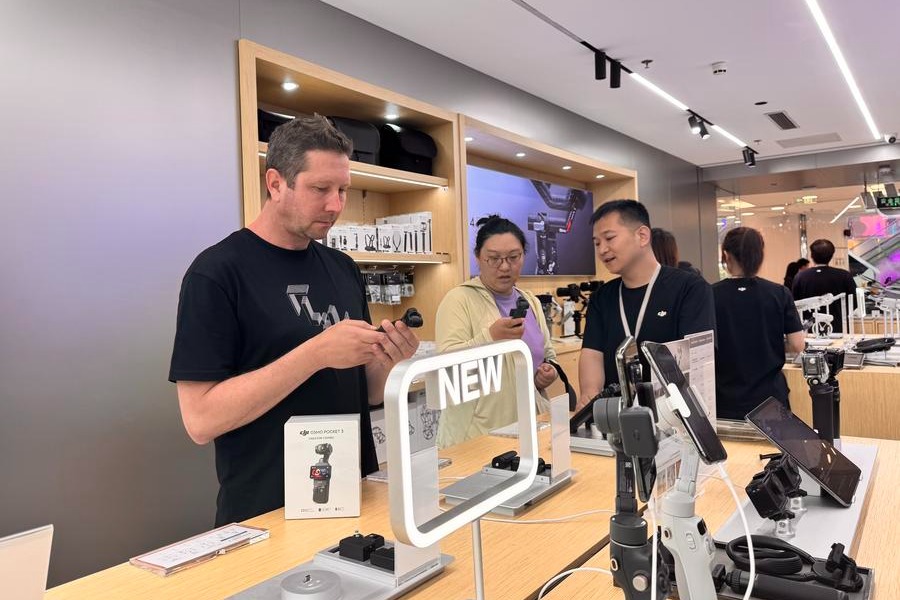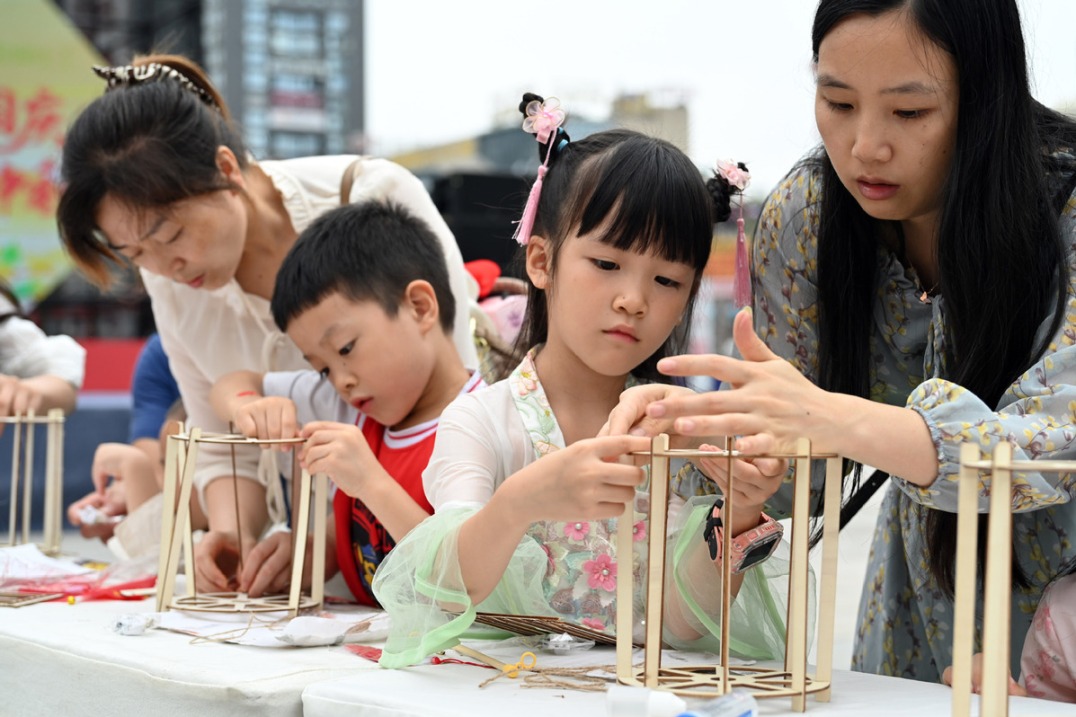High-tech system finds children with vision problems

Chinese scientists have developed a smartphone-based deep learning system for early detection of visual impairments in young children.
A report on the system was published in the international science journal Nature Medicine last week. The research was conducted by a team led by Lin Haotian, a professor at the Zhongshan Ophthalmic Center of the Sun Yat-sen University.
The system is designed to induce a steady gaze in children by using cartoon-like video imagery. Cameras capture features of the subjects for further analysis, using deep-learning models.
Capable of identifying 16 ophthalmic disorders, such as congenital cataracts, congenital ptosis and congenital glaucoma, the system delivers an average screening accuracy of more than 85 percent, the report said.
Early detection of visual impairment is crucial but frequently missed in young children, who are capable of only limited cooperation with standard vision tests.
In the study, more than 25 million frames of videos from 3,652 children were collected based on deep-learning software used in the Tianhe-2 supercomputing center in Guangzhou, Guangdong province.
The system has the potential to be used by healthcare professionals, parents and caregivers for identifying young children with visual impairments.
- Rise of 'granfluencers' boosts confidence, silver economy
- Vibrant China during holiday: Museums beyond artifacts
- New type of matsutake hunters and traders
- China's National Day holiday travel goes green as charging network expands
- Village song competition showcases cultural diversity
- Foreign visitors snap up Chinese tech products





































